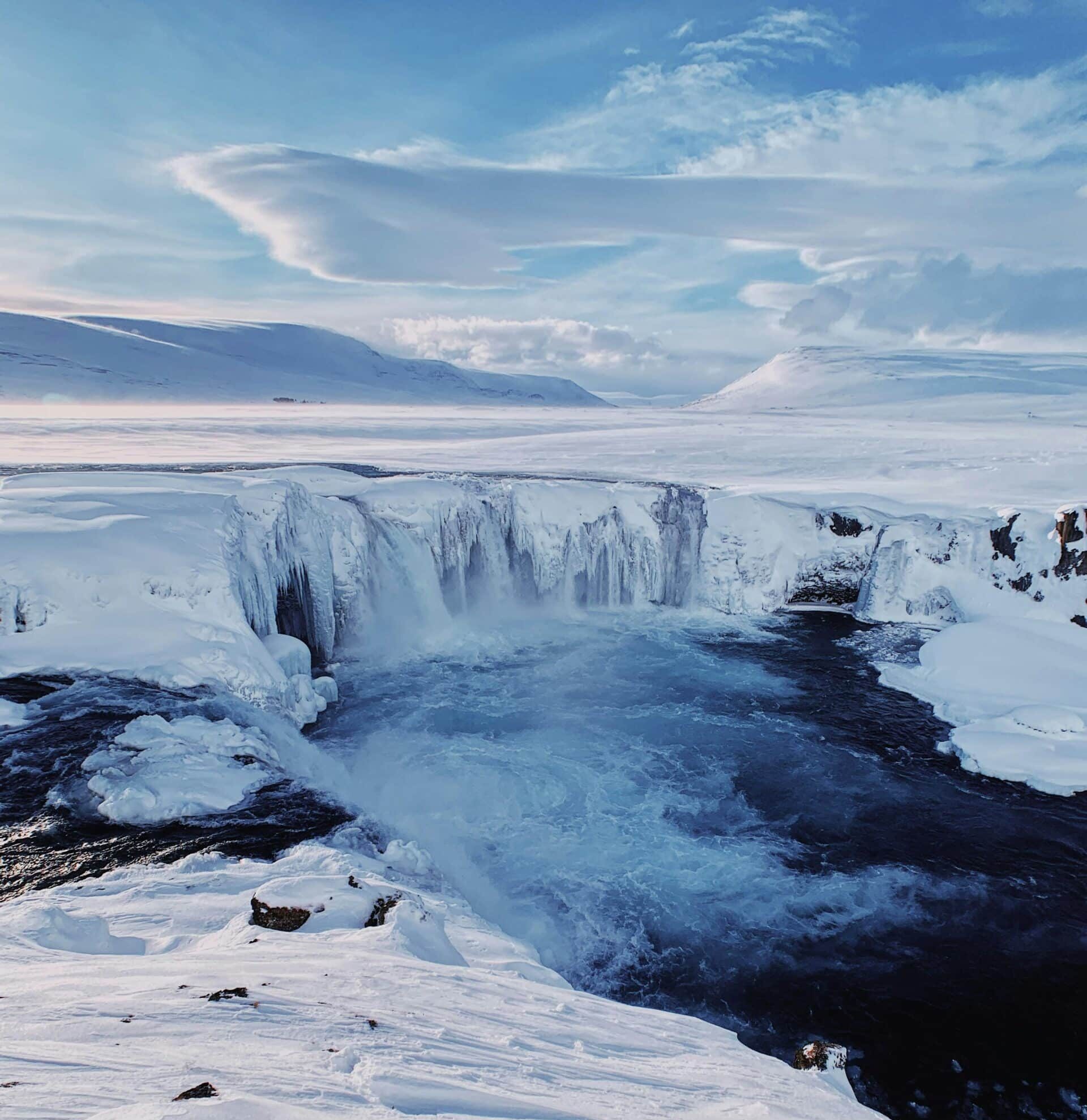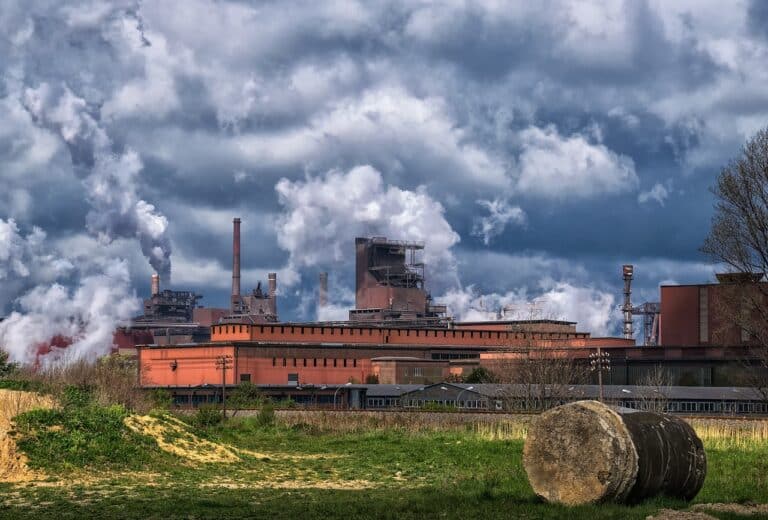TL/DR –
Climate change is like an unexpected houseguest who decides to rearrange your furniture – take what’s happening in the Arctic for example. Apparently, permafrost shapes Arctic rivers (who knew?) and warmer temperatures could mean more water channels carving their way through this icy landscape. The more the ground is cut through, the more carbon can escape, feeding climate change like a bottomless brunch.
Why Arctic Rivers Are Unique and How It Matters To Climate Change
A new cutting-edge study from Dartmouth has revealed how frozen soil, or permafrost, can shape Arctic rivers. This is critical in understanding climate change’s effects on the carbon stored in frozen soil, and vice versa.
The study was led by Joanmarie Del Vecchio, who was inspired during her fieldwork stint in Western Alaska in 2019. She noticed a lack of rivers and hypothesized that permafrost landscapes are less likely to form rivers compared to temperate climates.
Del Vecchio’s team then investigated the Arctic’s river quantity versus warmer areas and explored factors like glacier history, precipitation levels, and ground state.
Check out the latest Arctic research to learn more.
The results showed that permafrost landscapes have about 20% fewer water channels despite differences in topography, glacial history, and precipitation. This understanding is crucial when considering climate change’s impact on the Arctic.
Contradicting previous speculations, Del Vecchio’s study shows that as the Arctic warms, water channels could increase. A warmer Arctic landscape could result in more carving and erosion, affecting downstream communities and exposing carbon stored in soils.
“When soil carbon is consumed by microbes, they release methane and carbon dioxide. The more this happens, the more it’s going to warm, and the more we might carve into the soil carbon,” warned Del Vecchio.
This feedback loop could speed up climate change. For every degree Celsius of warming, scientists project that waterways slicing through thawing soil could release carbon equal to the annual emissions of 35 million cars.
Understanding how permafrost landscapes might release carbon is key in setting global carbon budgets and shaping US climate policy. The Arctic’s observation data is readily accessible online, encouraging contributions to understanding how permafrost landscapes function.
“We need to understand what happens to the permafrost to set realistic, yet ambitious, goals for reducing greenhouse gas emissions,” Del Vecchio concluded.
Original Story at www.nhpr.org





